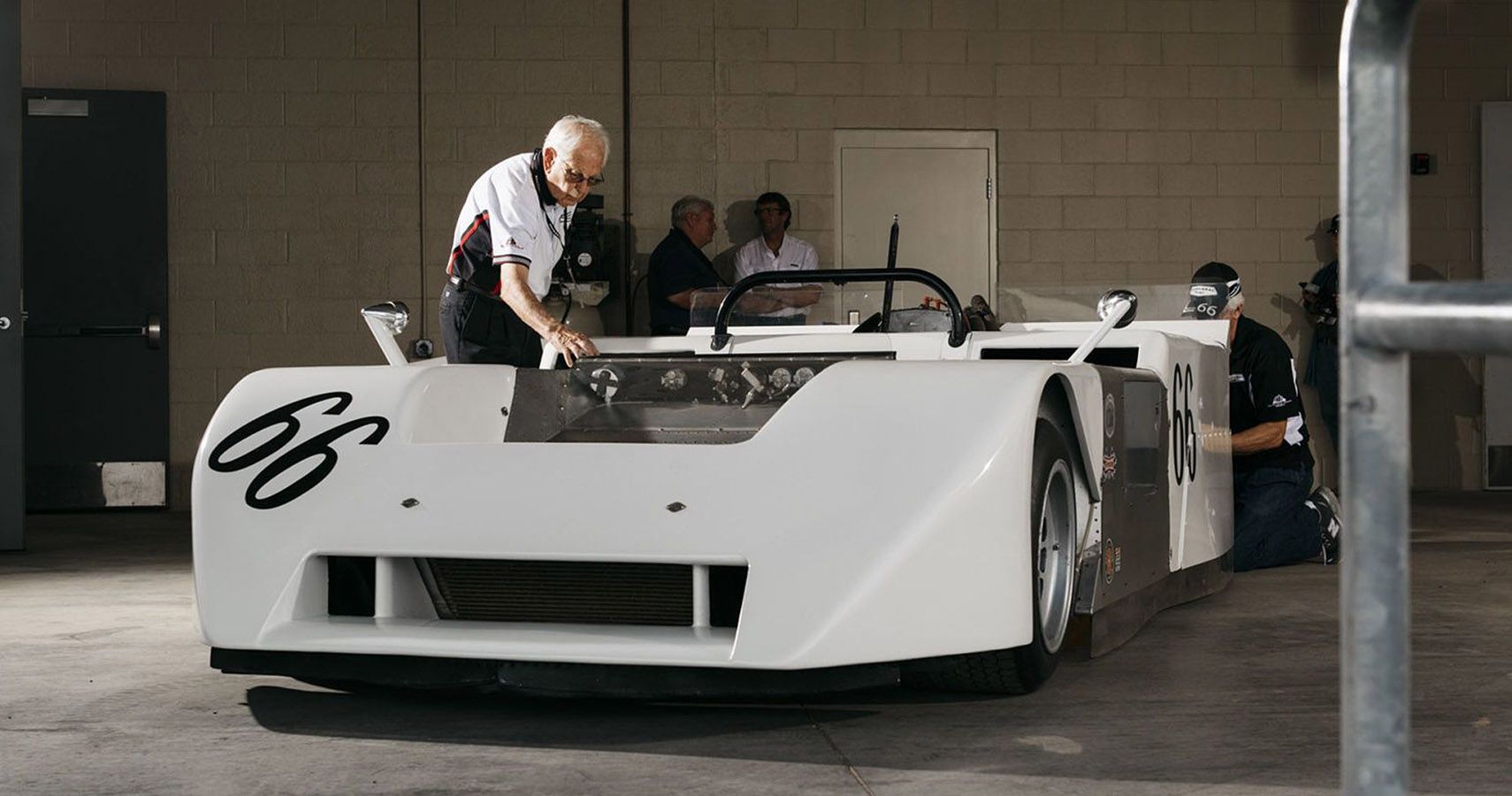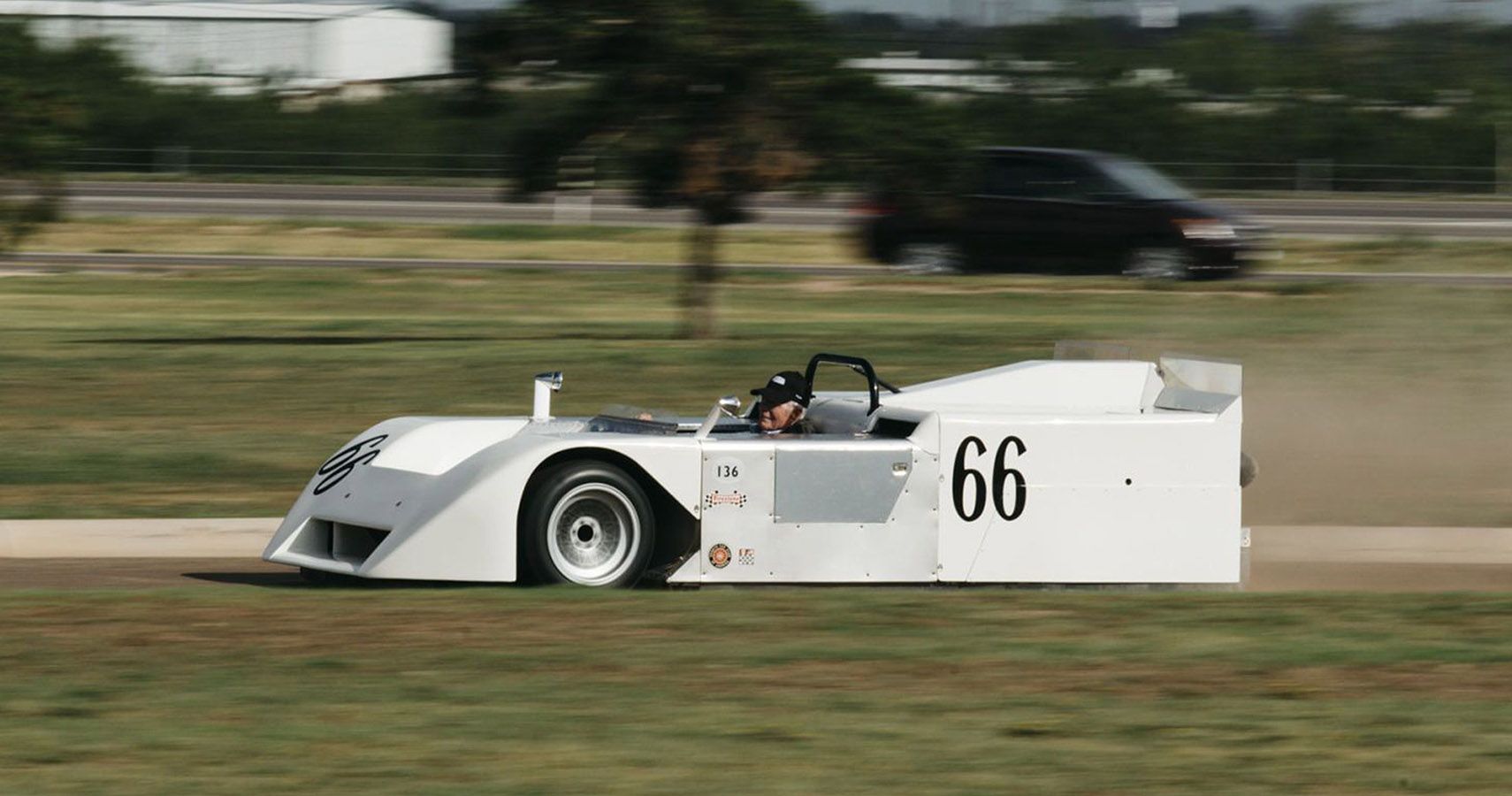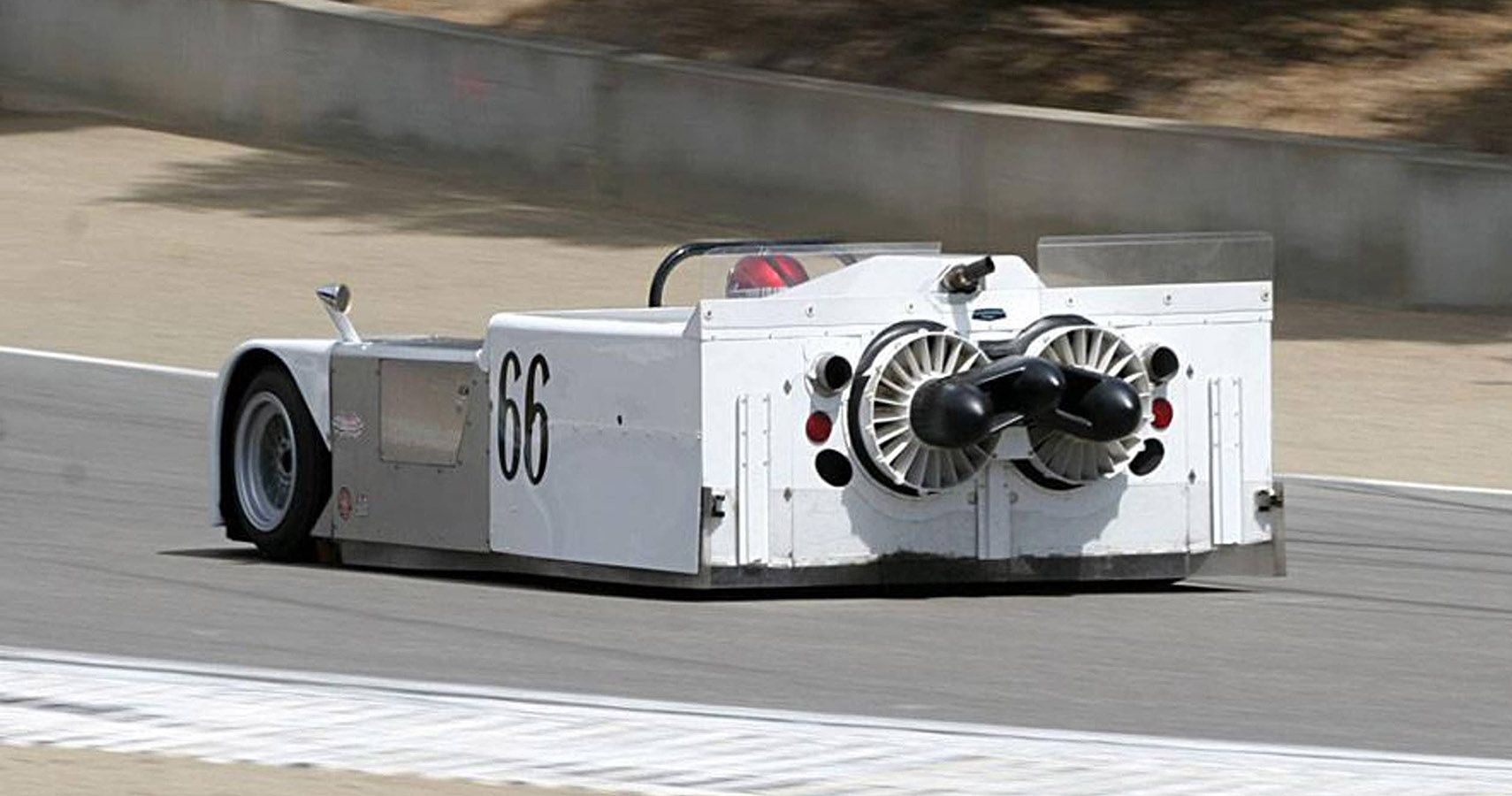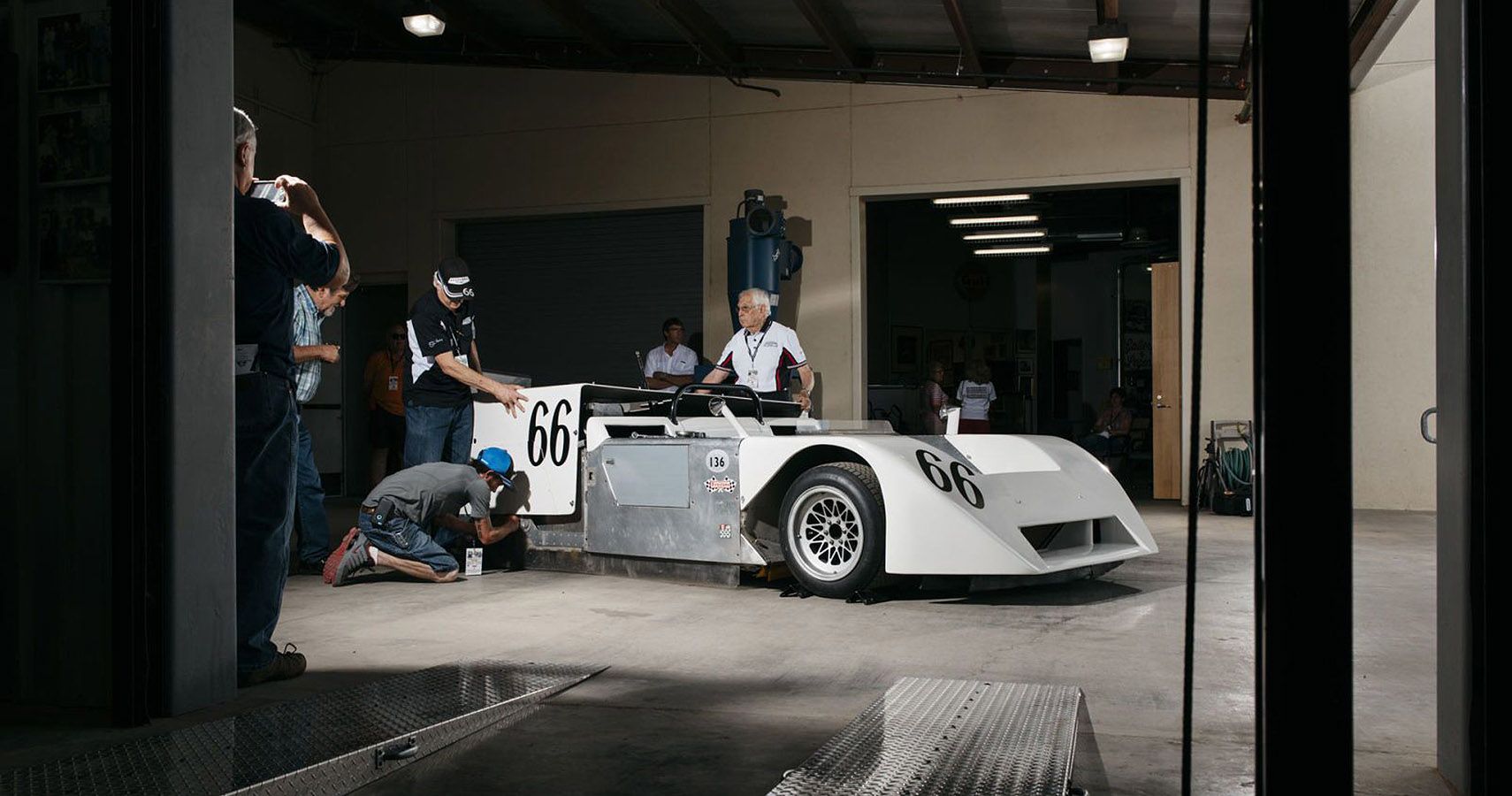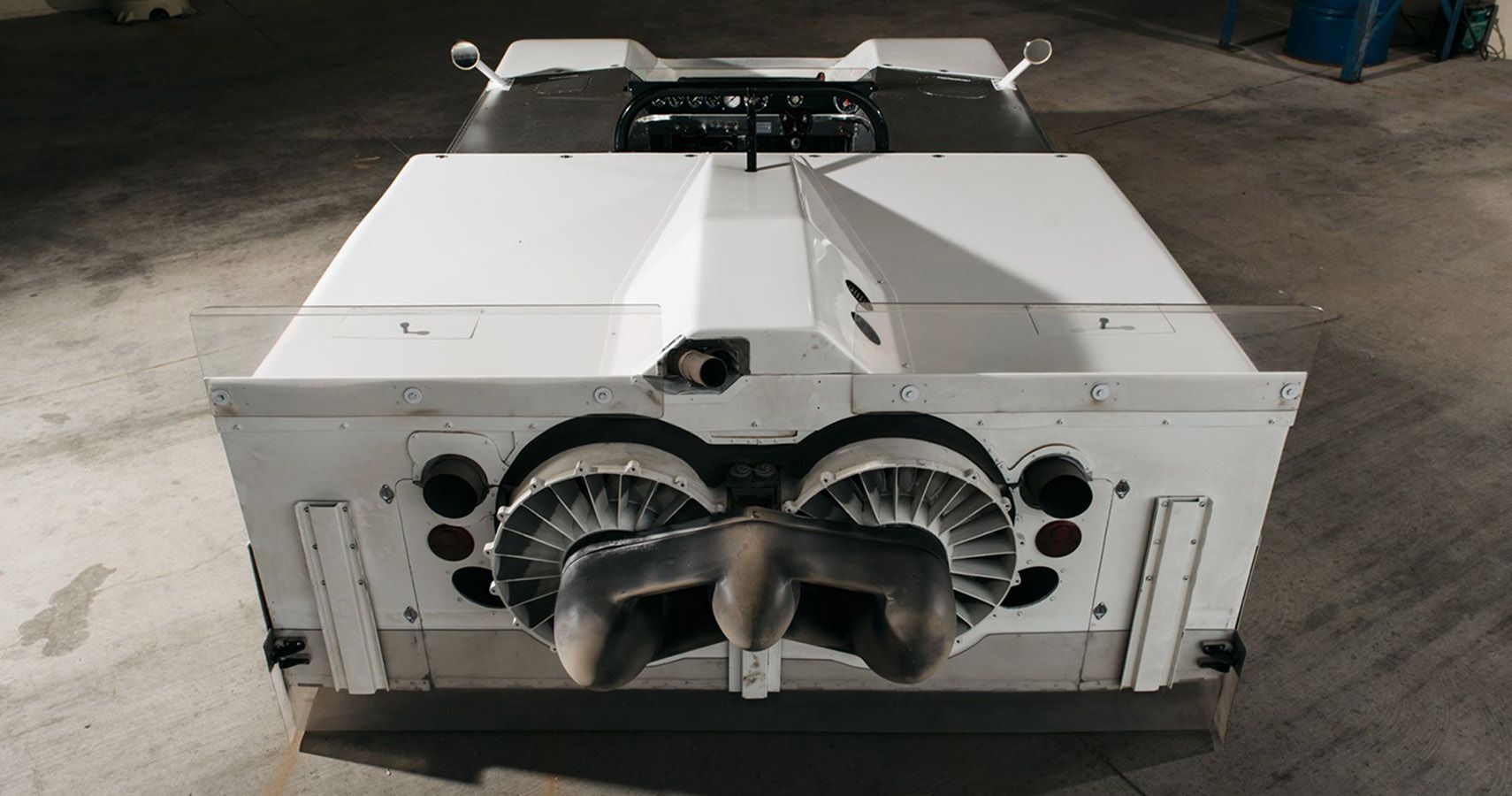Unless you really followed motorsports and racing cars, you may have missed one of the greatest racing cars ever made, and that too by a race car driver, mostly because it never could finish a race. And whilst it carried a GM engine, it was built by a man who was a legend in his own right in the racing world.
The car, the Chaparral 2J in itself was way ahead of its time, and while it came plagued with problems for most of its short life, it gave rise to another legend later that did manage to win races and fortify the legacy of the car.
There were other Chaparral cars as well. Initially, Dick Troutman and Tom Barnes built the Chaparral cars, and later these cars were referred to as Chaparral 1. American race car driver Jim Hall raced two of these. When he decided to build his own cars along with another race car driver, Hal Sharp, he asked for permission from the original owners to use the same name, Chaparral, although his cars are called Chaparral 2.
While there were more Chaparral cars, some more successful as well, it’s the 2J that remains a legend to date. Here’s looking back at it and its legacy today…
From Trout & Barnes To Hall & Sharp
Funnily enough, the Chaparral shares a little something with the Plymouth Roadrunner, and it’s the name. The Chaparral is another name for the Roadrunner, not the cartoon, but the actual bird which is a fast-running ground cuckoo.
But we digress. The story starts with Jim Hall, who was born in an affluent Texas oil family and was majoring in geology when a plane crash took away his parents and sister. His brothers took over the oil business and Hall changed his major into mechanical engineering, and also started racing.
After he got his degree, Hall bought some land and built a two-mile racetrack with garages and called it Rattlesnake Raceway. It became a beacon for amateur racecar drivers, and one of the regulars there was James “Hap” Sharp, the Hap coming from the fact he was born on New Year’s Day. Sharp was another Texas oilman who raced and competed at the same time in Formula One as Hall did, racing a Cooper Monaco.
Hall and Sharp got together and commissioned Dick Troutman and Tom Barnes to build them a new racer, called the Chaparral. The car may have looked conservative, but let Hall finish second in the SCCA Laguna Seca Raceway in 1961, behind a Maserati Birdcage.
In 1963, the duo, with enough monies to their names, bought the rights to the Chaparral 2 and built the car themselves. A mid-engined fiberglass-bodies monocoque chassis, the Chaparral 2A raced in 1963, and then came the 2B, 2C in quick succession.
In 1966, the Chaparral 2D debuted with an adjustable wing and won the Nurburgring. By 1967, the moving wings were banned by the FIA but Hall and Sharp continued with the cars, making 2E, 2F, and 2G as well, with the 2E remaining Hall’s favorite car.
By 1970, a new Chaparral 2 was in town, and this was the 2J, and it was so different, it's still a legend today.
Presenting the 2J: Nicknamed ‘The Sucker’
The Chaparral 2J did not look like any racing car. It was not angles and sleekness, instead, it looked like a box on wheels. But let’s get into the specs first. The 2J came bearing an aluminum 7.0-liter Chevy ZL1 V8 engine, one that made 650 horses paired with a clutchless semi-automatic three-speed transaxle.
650 horses. In 1970. That’s something for sure!
The car also had an auxiliary engine, a Rockwell JLO 247cc two-stroke, dual-cylinder 45-horsepower one, the kind found in snowmobiles. Then come two rear fans, from the M-109 Howitzer, a military weapon categorized as batteries. The fans pushed out 9,650 cubic feet of air per minute, and it is said that with the engine off, the fans alone were capable of pushing the car at 24-40 mph. The fans were a tad notorious because they pulled air from underneath the car along with whatever else they could suction up like dust, debris, and even grass clippings, and throw it out in the back, often obscuring the vision of the drivers behind.
But there’s still more to this car. The car featured “skirts”, side panels that covered the rear-three quarters, and was made of Lexan, a polycarbonate plastic that was not only light, malleable, and strong but also unbreakable. What the skirts did was move along with the suspension and align the car to the surface of the road. This created constant downforce, and theoretically, the Chaparral 2J made an astounding 2,200 pounds of downforce. In turn, Hall announced that the 2J went full throttle minus any wheelspin or oversteer, stopping when needed and cornering when possible.
And Yet, This Is Where The Chaparral 2J Failed
Despite all the advancements of the car, it was plagued with mechanical issues and while it managed to qualify for the races, it never could finish one with any semblance of a win. Plus, people said it looked like the box it came in.
Before the car could prove itself, it was banned again, for having “movable aerodynamic parts”, as in the Lexan skirts. By now, Hall was tired, so he pulled the 2J out. Later, they made the 2K and won the Indianapolis 500 and the CART Championship in 1980 with it.
Jim Hall and his Chaparral cars are still around, the latter with the Permian Basin Petroleum Museum in Midland, Texas. Hap Sharp is long gone, taking his own life when faced with terminal cancer. The 2J still works and Hall drives it sometimes in Chaparral-tribute parades. And the car is as earsplittingly raucous as it was in 1970.
Sources: Sportscars.tv, Road&Track

